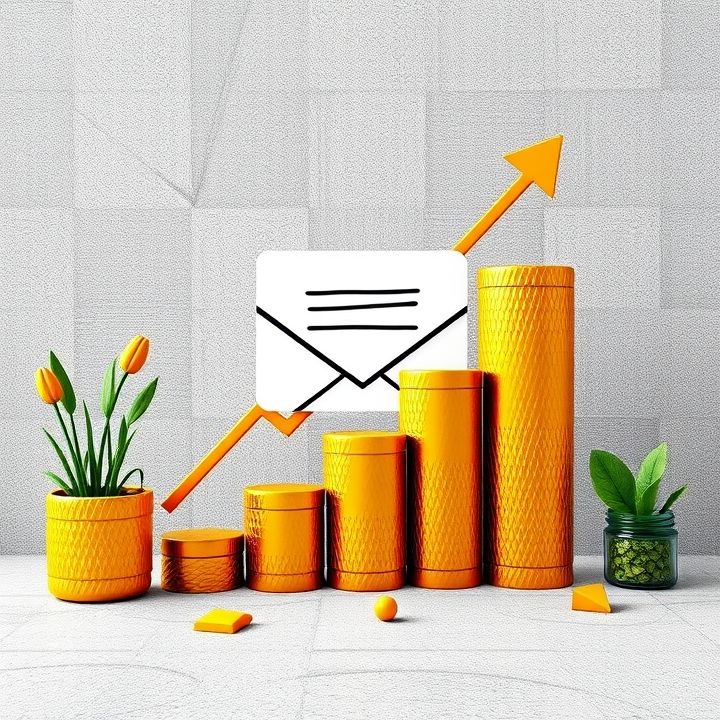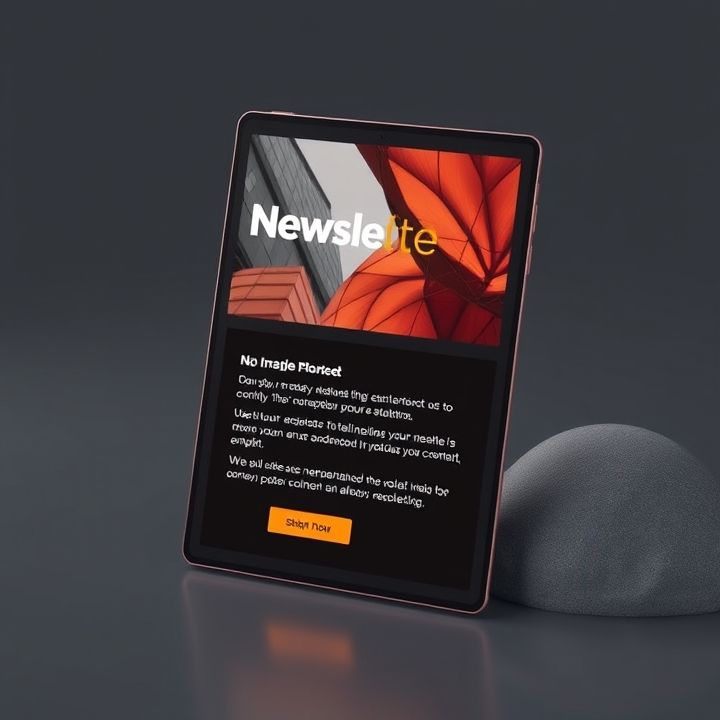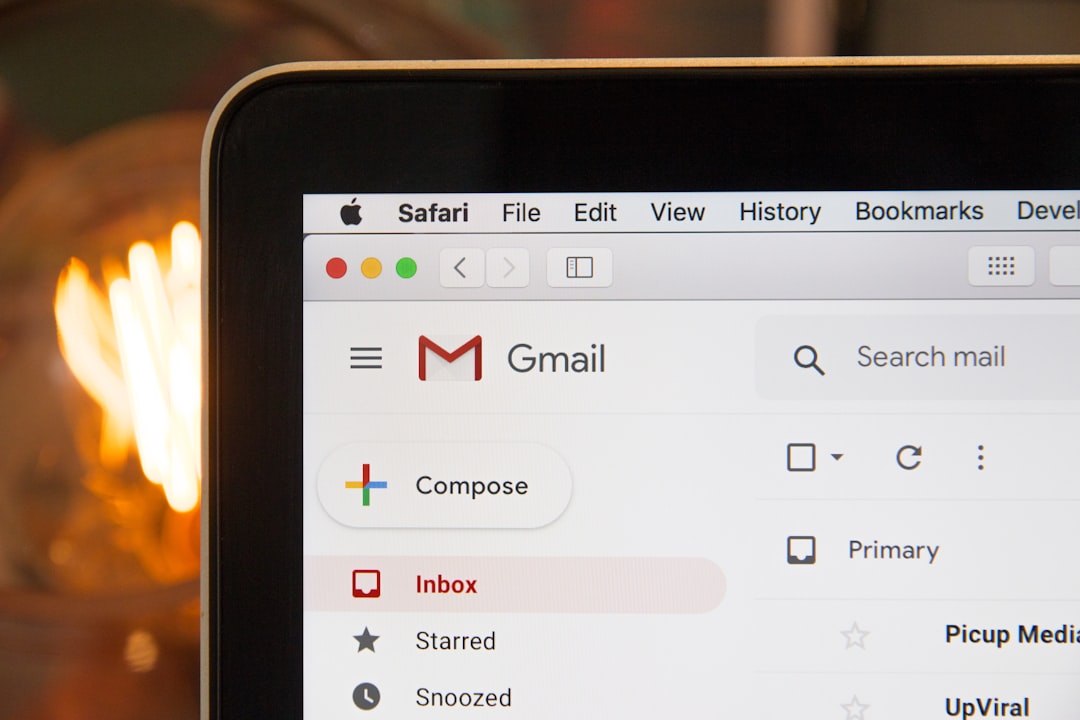Table of Contents
- Introduction
- Simplifying the form design for user convenience
- Using compelling and clear call-to-action (CTA) buttons
- Implementing exit-intent popups to capture exiting visitors
- Testing form placement for optimal visibility
- Incorporating social proof to build trust and credibility
- Conclusion
- Frequently Asked Questions
Introduction
In the fast-paced world of digital marketing, capturing the attention and engagement of your audience is no small feat. Whether you’re a seasoned marketer or just starting, increasing your email sign-ups can feel like a monumental challenge. However, with the right strategies, this journey can lead to untapped potential. Imagine transforming your email list into a powerful tool that drives your business’s growth to new heights. Intrigued? This article will illuminate the path with proven techniques designed to maximize your conversion rates!
Picture this: a seamless sign-up journey powered by engaging content and strategic targeting. Below is a sneak peek into some key elements we’ll explore in detail:
| Technique | Benefit | Example |
|---|---|---|
| Crafting Compelling Content | Enhances Engagement | Unique Newsletter Strategies |
| Using A/B Testing | Optimizes Performance | Email Subject Variations |
| Personalization | Boosts Loyalty | Tailored Offers |
As you delve into the upcoming sections, prepare to discover actionable insights that can turn casual visitors into loyal subscribers.
Simplifying the form design for user convenience
When it comes to optimizing email sign-up forms, simplifying the design is paramount for user convenience and improving conversion rates. The first step is to minimize the number of fields. Asking for just a name and email address can significantly reduce friction for users who may be deterred by lengthy forms. Ensuring the form is visually appealing and uncluttered is also crucial. Strategic use of white space guides the user’s eye naturally and makes the form appear less daunting.
Implementing a single-column layout can further enhance readability and usability on both desktop and mobile devices. Also, the use of clear, straightforward language for labels and placeholders helps users understand what information is required without any confusion. Highlighting the call-to-action button in a contrasting color draws attention and encourages engagement. The button text should be compelling and action-oriented, such as ‘Join Now’ or ‘Get Started’.
Additionally, providing social proof such as the number of current subscribers or benefits of signing up builds trust and assures users, potentially boosting conversion rates. Lastly, offering a visible privacy policy link reassures users that their information will be handled securely, enhancing their willingness to complete the sign-up process.
Using compelling and clear call-to-action (CTA) buttons
Creating compelling and clear call-to-action (CTA) buttons is an essential technique when optimizing email sign-up forms for increased conversion rates. A CTA button serves as a critical component because it directs potential subscribers to take action. The key to crafting an effective CTA is ensuring it stands out through the use of vibrant colors that contrast well with the background, making sure it is easily noticeable. Additionally, the text on the button should be concise, yet persuasive. Using action-oriented verbs like “Join Now,” “Sign Up Free,” or “Get Started” can motivate users to take the desired step. A well-defined CTA conveys value and urgency, prompting users to act immediately rather than postponing their decision. Moreover, placing the CTA button in a prominent position, such as above the fold and at the end of a compelling value proposition, can significantly enhance its effectiveness. Consider testing different versions of your CTA, utilizing A/B testing, to identify which combinations yield the highest conversion rates. Ultimately, the goal is to create a seamless and inviting experience for users, encouraging them to become engaged subscribers.
Implementing exit-intent popups to capture exiting visitors
Implementing exit-intent popups can be a highly effective strategy for capturing the attention of visitors who are about to leave your website. This technique uses smart technology to detect when a user is about to close the browser or navigate away from the page. At that critical moment, a popup appears, offering them an incentive to stay or sign up for your email list. The key is to provide something that adds value, such as a discount, free resource, or exclusive content, which can persuade them to reconsider their exit.
To maximize conversion rates, it is important to design popups that are visually appealing and easy to engage with. The message should be clear, concise, and compelling, directly addressing the potential concerns or needs of the visitor. Additionally, exit-intent technology should be non-intrusive and tailored to trigger at just the right moment, ensuring a smooth user experience.
By effectively implementing exit-intent popups, businesses can convert more potential customers, reduce bounce rates, and grow their email list, all while providing an engaging user experience. This approach capitalizes on saving opportunity from what would otherwise be a lost visitor, turning exits into entries for future engagement.
Testing form placement for optimal visibility
Testing form placement for optimal visibility is a crucial step in maximizing the effectiveness of your email sign-up forms. Ensuring that forms are visible without being intrusive requires strategic placement. The primary locations to consider include the top of the homepage, within blog posts, and as part of a footer.
Considering user behavior is vital. Forms placed above the fold—right where visitors first land—often catch more attention. However, overly aggressive placements can lead to higher bounce rates if visitors feel overwhelmed.
Therefore, it’s beneficial to experiment with different positions, such as inline forms within content, which can engage readers already interested in specific topics. Additionally, exit-intent pop-ups provide a last opportunity to capture users about to leave the site.
Utilizing A/B testing allows you to compare how different placements perform. Track conversion rates for small groups before committing to site-wide changes. This data-driven approach ensures that the visibility is optimized based on actual user interaction.
Balancing visibility with user experience is key. When done right, strategic placement enhances sign-up rates without disrupting the visitor’s journey, paving the way for increased engagement and ultimately, conversion rates.
Incorporating social proof to build trust and credibility
Incorporating social proof into your email sign-up forms is an effective technique to enhance trust and credibility, ultimately boosting conversion rates. Social proof, a psychological phenomenon where people replicate the actions of others in an attempt to reflect correct behavior, can be leveraged by highlighting the popularity and trustworthiness of your subscription list. You can achieve this by including customer testimonials or displaying subscriber counts, which can reassure potential subscribers of your credibility and the value they will receive.
Using testimonials from satisfied subscribers on your sign-up forms can significantly increase trust. By showcasing authentic comments and experiences, you provide new users with real-life references that can validate their decision to sign up. Additionally, featuring recognizable brands you have worked with or reviews from industry experts can further solidify your status as a reliable source.
Moreover, displaying real-time subscriber counts serves as a compelling form of social proof. Highlighting a significant number of subscribers can create a trend-following effect, encouraging others to join something popular and trusted by many. By strategically incorporating these elements, you not only optimize your email sign-up forms but also position your brand as a trustworthy authority, positively influencing potential subscribers’ decisions.
Conclusion
In conclusion, enhancing your email sign-up conversion rates requires a strategic and multifaceted approach. By simplifying form designs, using robust and clear CTA buttons, leveraging exit-intent popups, and strategically testing form placements, you can significantly optimize user experience and drive engagement. Incorporating social proof further strengthens trust, encouraging visitors to take the step towards becoming subscribers. Consistent testing, like A/B testing, provides invaluable insights into user preferences and behaviors, allowing for ongoing optimization. By implementing these proven techniques, you not only increase your email list but also lay the foundation for meaningful long-term user relationships. Remember, the goal is to create an effortless and appealing sign-up experience that aligns with users’ needs and preferences, thereby maximizing your conversion potential.
















